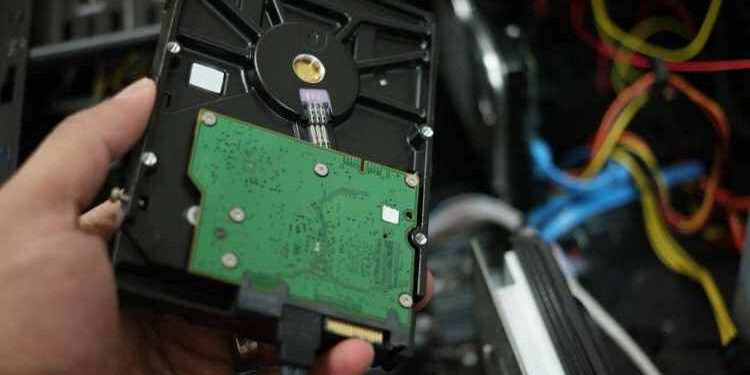We all use computers to get some work done or store something virtually. Classical computing is already faster and more efficient than what a human brain can do.
Now what we are talking about here is quantum computing. Rather than simple electric signals and logic operations like classical computing, it is much more complex, super-fast, and has unprecedented capabilities.
While the terrain of quantum computers is more or less similar to classical computing, there are vast differences between its hardware and other parts. A Quantum computer or hardware is put together using quantum computing stacks with physical qubits because quantum computers require qubits instead of bits.
These quantum computing stacks help the machine perform all the fundamental functions. These functions usually include facilitating user interaction, analyzing & correct multiple error sources, and converting every input into hardware manipulation so that it can be read as qubits.
At the current level, even the great researchers and developers in the field of quantum computing are pursuing varied options to secure and tap the potentiality of quantum computers.
Reports suggest that building quantum hardware is more complex than creating quantum software programs because finding the perfect material that can resist the lowest quantum pressure and environment is challenging.
Quantum computer hardware structure
The working of quantum computing is very much different than conventional computing. Quantum mechanics such as entanglement and superposition helps run quantum computer hardware. This machine can perform effectively even in a harsh environment and solve complicated problems.
Qubits are very much different than bits like 0’s and 1’s. Qubits exist in superposition. That means 1 and 0 will be entangled yet share the same physical properties irrespective of the distance.
Now, if we dig deeper into the hardware components of a quantum computer, we will encounter some different hardware levels that help operate quantum computing. These gate-based or analog quantum computers consist of 4 abstract hardware layers.
- The quantum data plane is the layer where you can find the qubits. It is the core of a quantum computer.
- The control and measurement plane is responsible for carrying out qubit operations and measurements as needed.
- The control processor plane helps identify the sequence of quantum operations and measurements that the quantum algorithm prefers. The measurement outcomes are used to inform the following quantum operations.
- The host processor plane is similar to conventional computing, responsible for handling and managing user interaction, large network arrays, and network accessibility. It connects to the control processor through a high bandwidth.
Quantum computers simply rely on quantum theories. Due to the varied focus behind the development of quantum technology, quantum computing is available in three major types.
These three types of quantum computing are mainly:
- Quantum Annealer
- Analog Quantum
- Universal Quantum
So, let’s brief on these types of quantum computing technology.
Quantum Annealer
The primary application of quantum annealer is to optimize problems for the quantum computer. Their computing power is similar to that of traditional computers.
The quantum annealer quantum computing is considered the most restrictive version even though it is the least potent type. This type may be easy to develop and can perform only one particular function or operation at a time.
So, you see, its capability is pretty restricted for a quantum computer. It has also been said that the quantum annealer is almost similar to conventional computing. Researchers and developers are attempting various methods to explore better configurations via different variable combinations.
Analog Quantum
Analog Quantum is a type of quantum computing that has broad applicability. These include problem optimization, quantum dynamics, quantum chemistry, sampling, and material sciences. Simply put, an analog quantum computer can handle and perform simulations and interactions that would otherwise be excessive with conventional computing.
An analog quantum computer has high computational power. For example, it can identify the root cause of why people get Alzheimer’s and Parkinson’s disease. That capability has helped researchers to test drugs for intensive medical treatments.
Universal Quantum
The applicability range of the Universal Quantum computer is extensive. These include secure computing, quantum dynamics, searching, machine learning, sampling, quantum chemistry, problem optimization, cryptography, and material sciences. This version of a quantum computer is known to be the most challenging type of quantum computer to develop as it has very high-speed computational power.
Currently, quantum computing can access about 129 qubits with difficulty. But, a universal quantum computer is said to have accessibility to 100,000 qubits and more.
Conclusion
To conclude, quantum computing has great potential to overcome complex industrial problems with ease. That is possible due to quantum algorithms and the existence of qubit space. The approach of quantum algorithms helps solve complicated problems by building multidimensional spaces that link patterns with each data point.
To run the quantum algorithms to perform the assigned task or analyze the input, qubits are superconductors, superfluids, entanglement, superposition, and control.
